POQI-4 Infographics
POQI-4 PPOU Infographic
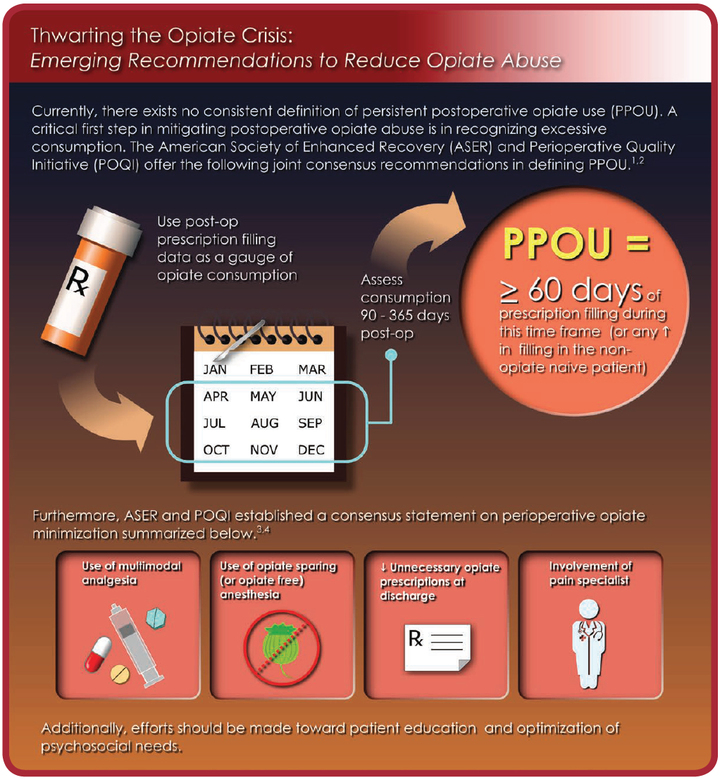
The characterization and prospective management of perioperative analgesia in the context of the opiate crisis are just beginning to take shape. An important initial observation is that there exists no agreed upon definition of persistent postoperative opiate use. This infographic summarizes the consensus statement from the American Society for Enhanced Recovery (ASER) and Perioperative Quality Initiative (POQI) on identifying this condition. This largely involves an assessment of prescription refills over a defined period of time after discharge. In addition, a panel of international
experts through ASER and the POQI offers their recommendations on perioperative minimization
of opiate use that includes opiate-sparing anesthesia, multimodal analgesia, reduction in opiate
prescriptions on discharge, and the use of a pain specialist for guidance.
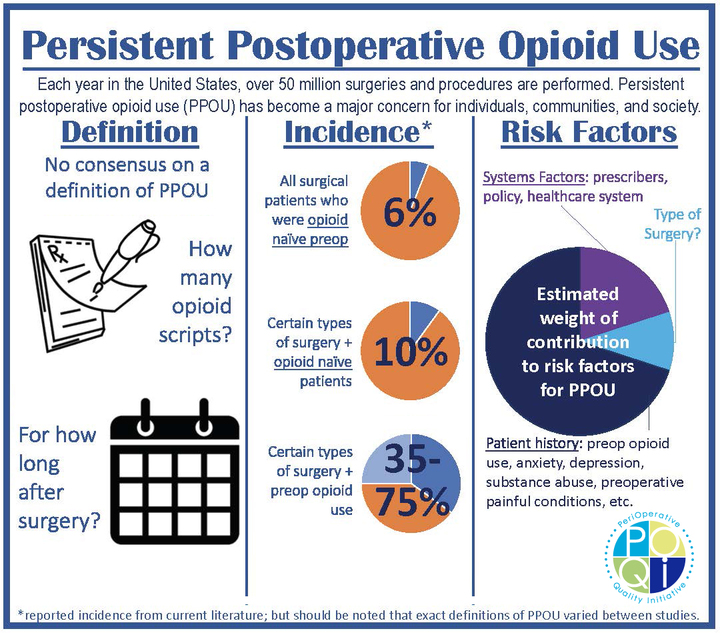
Figure 2: Summary of variables impacting the definition and incidence of PPOU.
POQI-4 Chronic Opioids Infographics
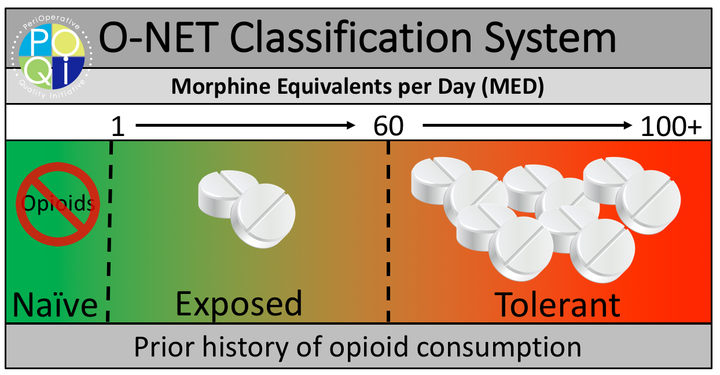
Figure 1: In the pre-operative period patients are divided into the classes opioid-naïve, opioid-exposed, and opioid-tolerant based upon the milligram morphine equivalent dose (MED) used. Opioid naïve, no opioid use in the 90 days before surgery. Opioid exposed, any amount <60 MED used in the 90 days before surgery. Opioid tolerant, ≥60 MED within 7 days of surgery.
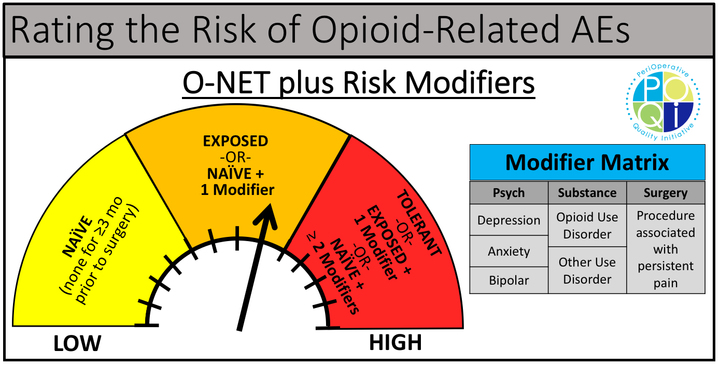
Figure 2: Opioid-naïve, opioid exposed, and opioid tolerant classes represent low, moderate, and high-risk groups for opioid-related adverse events and poor outcomes. Addition of co-morbid risk factors known to influence the risk of opioid related poor outcomes modify the risk group assignment.
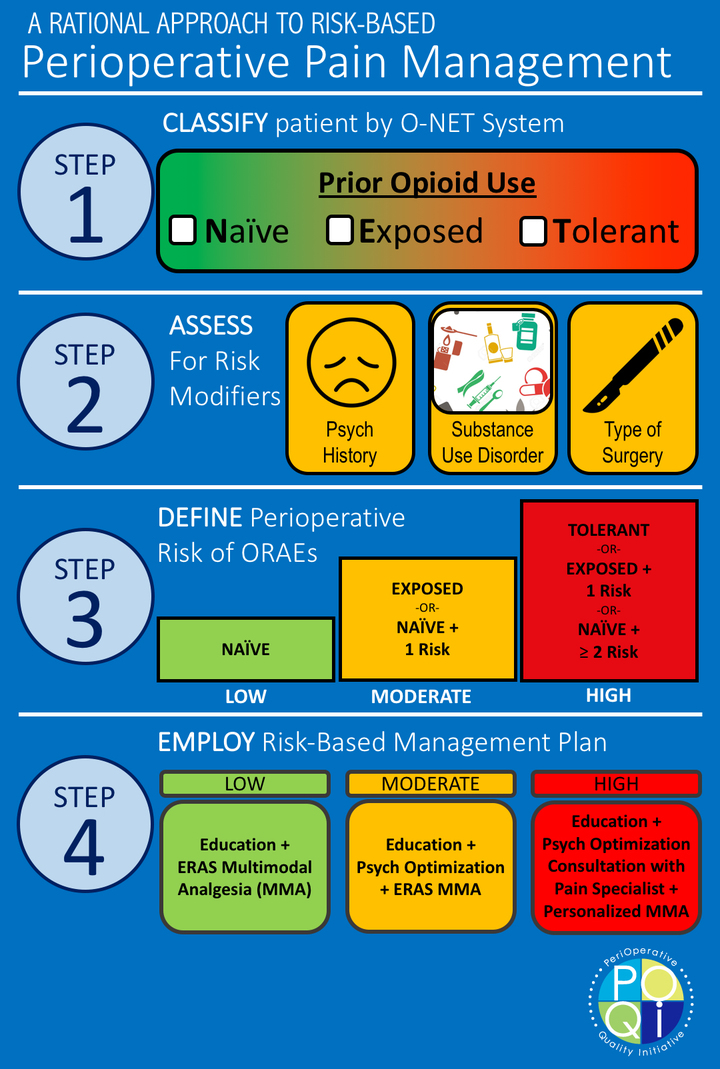
Figure 3: An approach for the use of O-NET+ Classification in perioperative management of patients on pre-operative opioids. First, classify patients using O-NET into naïve, exposed, or tolerant (Step 1). Consider co-morbid conditions that may increase risk, such as psychiatric diagnoses, a history of substance dependence, or invasive and painful surgery plan (Step 2). Risk stratify into Low, Moderate, or High-risk categories (Step 3), and employ enhanced recovery pathways specific to the risk category (Step 4).